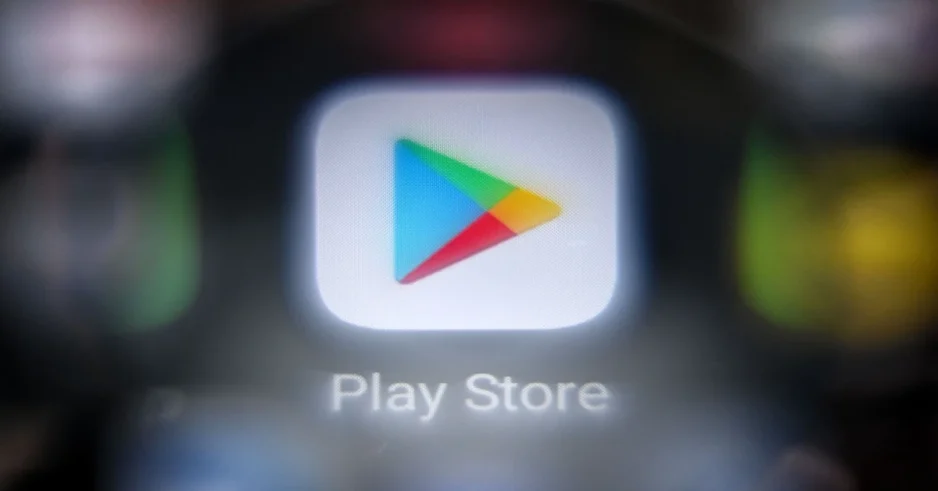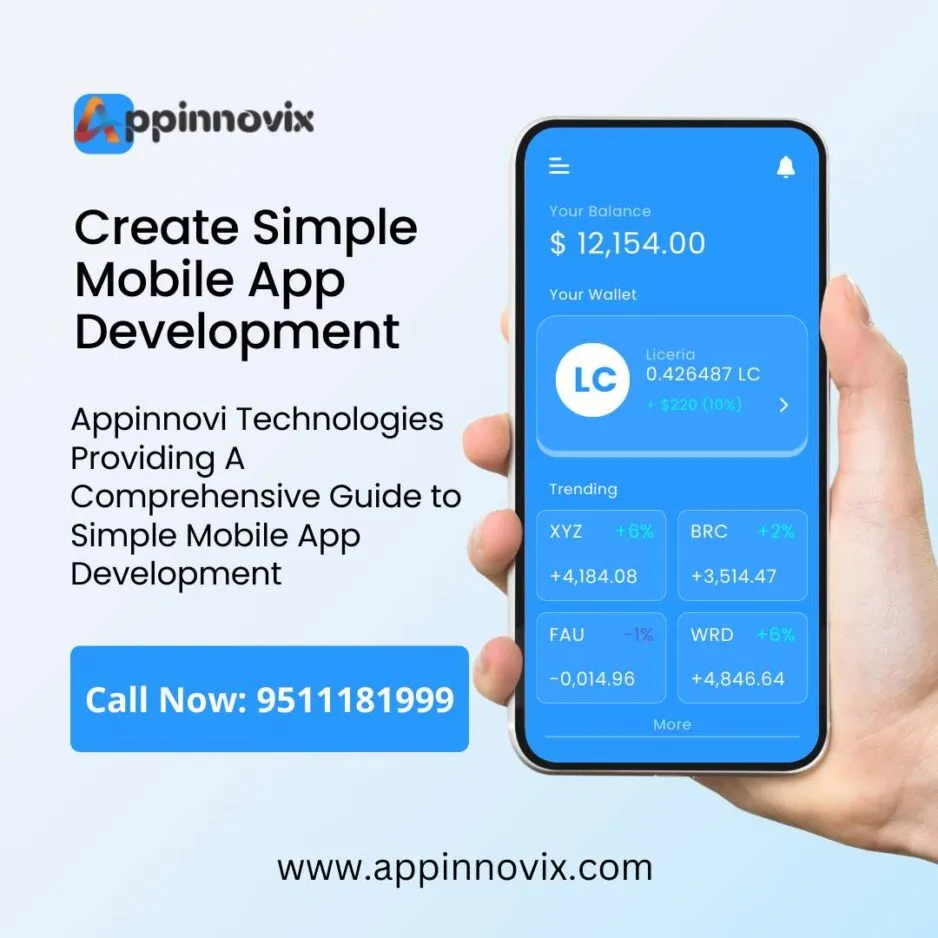Google made huge Play Store updates to improve user experience and Android environment. These upgrades focus on AI, which might transform app discovery and use. Google plans to use powerful machine learning algorithms to propose apps based on users’ likes, dislikes, and behavior. This adjustment makes apps easier to locate and ensures consumers find ones that suit their needs and interests.
Google’s updates use AI to suggest safer app installs, prioritizing security to protect users from potential risks. Thanks to a better user design, the Play Store is easier to navigate.
Google dedicates itself to introducing new ideas, helping developers, and keeping millions of Android users safe with these upgrades. Google is committed to bringing innovative ideas.
They also dedicate themselves to supporting developers. Lastly, they focus on ensuring the safety of millions of Android users worldwide through these upgrades. Keep reading.
Table of Contents
An AI-powered app recommendation
AI-based Play Store suggestions are the most significant new feature. Google’s powerful algorithms employ machine learning to recommend apps based on user preferences. This means users may anticipate more helpful suggestions depending on how they’ve used the app, their likes, location, and time of day.
Thanks to AI, app recommendations have changed how users find new apps. Google aims to analyze massive volumes of data to improve app discovery faster. This method may allow users to locate hobby-related applications.
Increased app security
Google prioritizes security because the digital world is continually evolving. Google’s new Play Store updates make it tougher for rogue applications and other security dangers to enter. Better app reviews and monitoring methods reduce dangers and provide Play Store consumers peace of mind when downloading apps.
Google has made it easier for app makers to follow rules and make sure their apps are secure. However, this proactive approach protects users and makes dev showcases safer and more trustworthy.
Simplified UI and Navigation
Google improved the Play Store’s design for usability and organization. It now offers automatic suggestions and improved security. However, the revised design makes it easy to browse groups, identify popular apps, and get tailored suggestions.
The most significant changes are the cleaner design, quicker search tools, and more filtering options to reduce app searches. These enhancements reduce friction and boost user pleasure, making the Play Store more enjoyable and easier.
Promote Developer Support and Innovation
Google’s Play Store updates improve user experience and demonstrate its commitment to developers and fresh Android concepts. Developers may leverage new tools and resources to create high-quality apps using the latest technologies.
Google is adding AI-powered insights and statistics to its developer interface to assist developers in understanding app functionality and user interaction. These insights help app designers improve their products and come up with new ideas by showing them trends and user needs.
Possible Futures: AI for the Play Store
Android users, developers, and the digital community will benefit from Google adding features and updating the Play Store. Google is using AI suggestions to improve user experience. They are also enhancing security measures. Additionally, they are creating a user-friendly interface on all platforms.
Google’s AI and machine learning may alter how people find and use apps, creating new benchmarks for mobile platforms worldwide. Android users will keep using the Play Store for safe, helpful, and supported internet browsing.
Factors and Implications of Google’s Play Store AI and More
Here are the factors that effects on Google brings AI in Play store:
Mobile AI Application Growth
Google’s Play Store AI integration advances mobile AI. AI-powered features speed up apps, provide more relevant suggestions, and simplify interactions. Google continues its AI expansion by employing machine learning to improve user interface, app discovery, and security.
Improved App Discovery and Personalization
AI-driven Play Store algorithms simplify app discovery and customization. Based on prior activities, tastes, and environmental data, AI systems recommend applications that match each person’s interests. This reduces search time and provides tailored suggestions based on site usage, improving user satisfaction. AI-driven app rankings and ideas alter in real-time, helping consumers locate applications that suit their evolving likes.
Using Machine Learning to Improve Security
Google is utilizing machine learning to secure the Play Store. AI systems analyze app usage, detect suspicious activity, and prevent malware and phishing assaults.
AI monitors app activity and user comments to improve proactive security. This makes apps safer. Google’s security strategy protects user data and builds trust in the Play Store.
Optimizing App Performance Using AI
Google intends to enhance Play Store app performance with AI. AI algorithms analyze app data, user comments, and device specs to identify performance issues and improvements. Using data, developers may enhance app security, performance, and responsiveness, making users happier and more loyal. By improving performance using AI, Google helps developers create high-quality apps that satisfy customers’ reliability and speed expectations.
Effect on Developer Tools and Insights
The Play Store now has AI tools to help developers improve their app design and functionality. AI analytics help developers make smart decisions and improve by giving data on user behavior, market trends, and performance. AI-powered tools test, debug, and release apps faster, reducing the time to sell them. Developers can use the mix to make new apps using popular data, giving them an advantage in the market.
Natural Language Processing and Voice Advancements
Google’s Play Store AI efforts include improving voice and NLP. AI-powered voice recognition and NLP allow users to utilize voice prompts, analyze text, and chat with apps. These changes simplify app use, tailored information, and communication, improving user engagement and accessibility. With AI-powered speech and NLP features, Google makes Play Store apps more helpful for more people and the store easier to use.
Play Store Updates: AI and Developer Tools Improvements
AI updates
A Generative AI tool based on Google’s PaLM 2 model is one of the new AI features for app makers. It helps developers write new Play Store ads. Google says this AI assistant will make a draft copy after the developer gives a few cues.
It first became available in English as an experimental feature. The tool can create lists or app descriptions for different users. Developers can edit, remove, or use these descriptions as needed. They may ask for a description of the app based on who it’s for or what it’s about.
That being said, this feature might help writers write descriptions if they can’t find a good way to describe their app’s features. However, it could also lead to more app spam because it makes some of the work that enters writing app ads easier.
Users can also get help from generative AI. A new AI feature called “User Review Summaries” will collect comments from app reviews on the Play Store. It will then display them all in one place.
At first, the tool will only be available in English. This will let users quickly read what other people say about an app they’re considering downloading. Google said they will add support for more languages later this year.
Also, makers can use a machine translation tool that uses AI to quickly translate their app and Play Store ads into a different language. Google says that the Play Console will come with 10 languages from Google Translate out of the box.
Translating both the app itself and its listing in the app store will be easy. Today, developers will be able to use the new AI ads creator.
This use of AI fits well with the general theme of AI at Google I/O. The company focuses on finding specific places in existing services to add AI models.
Play Store Updates
Google is making changes to the Play Store and other tools to assist developers in increasing their app revenue. These updates include AI-powered features. Developers can now create 50 different store ads and sort them by country and pre-registration status. Now, they can tailor ads to reach their app’s idle users and try to get them to return and give it another chance.
Developers will soon be able to use Google Ads App ads. These ads will display custom listings to AdMob and YouTube users. The listings will direct users to Google Play. To help with this process, you can add Store Description Groups by changing some parts of the base description and adding your own.
The company discussed new ways to pay, like having different prices for prepaid and auto-renewing plans. Developers can now offer multiple prices per billing period. For example, they could give “VIP” users a discount every month.
The article discussed the User Choice payment Pilot program. App developers can receive a discount for including third-party payment options in their apps. This is in addition to using Google Play Billing. Spotify and Bumble were among the first to do this.
Conclusion
Google’s Play Store updates improve Android. Google simplifies app discovery and download by leveraging AI, improving security, and optimizing user interface.
Also displaying its commitment to innovative ideas and consumer satisfaction. With these updates, Android customers should expect a more customized, secure, and pleasurable Play Store experience. Google wants to push mobile technology’s limitations.




